Driver: San Francisco
Coma police.
Taking the hefty bovine bulk of an ambulance through traffic is a very different business to gunning the Challenger across town, and this is just the start of things: each car in the city – for the first time in the series, the vehicles are licensed real-world models – has its own personality and its own quirks, as well as its own bickering occupants.
When you finally ditch the ambulance, the scope of Driver starts to expand as the structure moves between story missions – as Tanner masters his out of body powers and tries to track down Jericho – and city missions, which are one-off events needed to unlock new parts of the main campaign.
All missions are marked on the shift map as icons hovering over cars, and there's a lovely disembodied sense to your ghostly wandering as you pass back and forth over the silvery urban sprawl looking for something fun to do.
The action's delivered with surprising wit, too. The first city challenge we try out drops us into a sleek new Ford GT and hands us a very simple agenda: floor the car and overtake 10 other vehicles, before battling through a series of increasingly dangerous stunts on one of San Francisco's notorious hairpins.
It's pretty basic stuff, but it's brought to life by the fact that there's a smarmy car salesman in the passenger seat, switching between naff patter and outright fear as we weave in and out of the oncoming lane.
The second city mission returns to more familiar Driver territory, with Tanner zipping behind the wheel of a police car chasing after a felon. It's a chance to introduce the takedown mechanic, which is pure Chase HQ – ram your rival until his meter runs down – and it niftily explains the getaway system, too, which, with a lift from just about everywhere, has criminals attempting to escape from a circular hot zone and then remain outside of it for a limited period.
Subsequent missions retain the same mixture of scripting wit and simple mechanics – there are races, takedown events and more stunt runs, one of which is dressed up as a disastrous teenage driving lesson – and it steadily becomes apparent that there's a strategic component to shifting that means it's far more than just a gimmicky way of accessing new content.
In one standout encounter, for example, Tanner aids a deranged film crew in its quest to capture speeders, epic drifts, and head-on collisions. It involves pulling off a series of specific moves within a certain area of the city and that, in turn, involves shifting around and finding the right cars for each job - and even speed-shifting back and forth between two vehicles as you micro-manage pile-ups.
Meanwhile, the first half hour of the game has the developers steadily piling on interesting wrinkles: garages that you can open up for fast travel or to purchase and upgrade cars, a ram move that has to be charged before you can blast into other vehicles in a rather Wheelman-esque manner, and a speed boost that sends the screen into a rattling, juddering frenzy.
Elsewhere, the story focuses on Tanner trying to understand what's happened to him, while his coma intrudes in a range of ways that my Haight-Ashbury Geiger Counter registers as "mild trippiness".
Billboards will suddenly turn black and tell Tanner to wake up, while a radio call he ignores early on is actually an urgent request for officers to attend the scene of his own real-world injuries.
For the most part, though, Driver: San Francisco plays it relatively straight, opting to ignore a dreamscape of red rooms and dancing dwarfs, and refusing to send you – oh, I don't know – chasing after a giant Oreo cookie as it bounces catastrophically through Fisherman's Wharf. (DLC, please.)
Driver: San Francisco's shift mechanic might seem crazy or even desperate when it's tucked into the slide deck of a developer's PowerPoint display. In reality, though – a tricky concept with this particular game – it's done nothing less than defibrillate a franchise that might otherwise have flat-lined amidst the cheesy riot of Saints Row and the increasingly grim preoccupations of recent GTAs.
It's by no means certain that all this body-hopping will keep a simple mixture of stunts, races, and takedowns fresh by itself, but from a limited glimpse of the main campaign, Ubisoft's oddball open-worlder is a very entertaining prospect. The writing is full of personality, the cars have genuine character, and that weird, spectral gimmick at the centre of it all has a lot of potential.

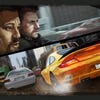

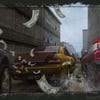
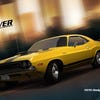

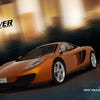
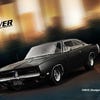

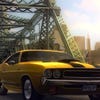


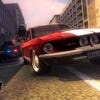



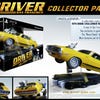






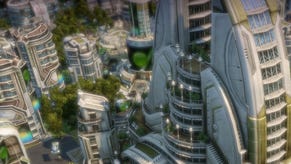
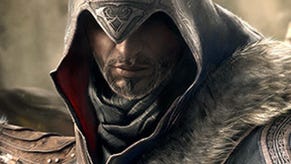


.png?width=291&height=164&fit=crop&quality=80&format=jpg&auto=webp)




.jpg?width=291&height=164&fit=crop&quality=80&format=jpg&auto=webp)
